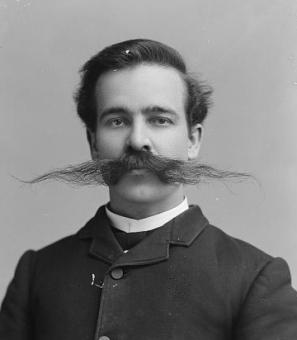How Maryland Got Its Name... And Might Have Sent It Back to England
In the United States, especially on the East Coast, we’re used to seeing recycled British names. When researching the place names of the DMV, it feels anticlimactic to learn that a British colonist simply lifted the name of their hometown—Kensington, Cambridge, Salisbury, Westminster, Essex, Arlington, the list goes on—and slapped it onto whatever colony, town, or road they wanted to claim. However, the state of Maryland may be able to claim a rare distinction: lending its name to a location in Great Britain, not vice versa. According to some stories, Maryland may be the namesake of a neighborhood in London.
The name itself is somewhat self-explanatory and does come from a British source. As you may have guessed, the state’s name was chosen to honor someone named Mary—but who?
For some, this was a name that carried lots of Catholic connotations. The British colonized Maryland during a time of great religious persecution in their country, when all those who didn’t follow the national Anglican church (Catholics, Puritans, and Quakers, for instance) were viewed with suspicion. After a group of Puritan “Pilgrims” established Plymouth Colony in Massachusetts in 1620, North America seemed like the perfect place for all the religious outliers in Britain. The English nobleman George Calvert, Baron Baltimore, had such aspirations. A Catholic himself, he wanted to establish a New World colony where he could worship freely.
On June 20, 1632, King Charles I granted the Calvert family a charter for the establishment of a new colony south of Massachusetts and north of Virginia.1 According to a nineteenth-century history of Maryland, Lord Baltimore originally wanted to name his colony “Crescentia,” a Latin name meaning “the land of growth.”2 However, wanting to flatter the King, he left the final decision to Charles. The King decided to honor his wife, Queen Henrietta Maria, and wrote the Latin name “Terra Maria” onto the charter.3 The English translation, “land of Mary,” is the one that stuck.
Henrietta Maria, born a French princess, was a practicing Catholic and a controversial figure in Britain. Even if the colony’s name wasn’t the Calverts’ first choice, it seemed appropriate that their Catholic refuge honored their ally in the royal family. It also honored the Virgin Mary, even more revered by Catholics. Lord Baltimore’s son and the first colonial governor, Leonard Calvert, further solidified this Biblical connection upon landing in the colony in 1634. After purchasing land from the Yaocomaco tribe near the mouth of the Potomac River, he and the settlers established St. Mary’s City—the first European city and fort of the new colony.4
By the end of the seventeenth century, Maryland was a thriving and prosperous colony in an increasingly British-controlled North America. More people, not just persecuted Catholics, decided to invest in property there. According to legend, one such man, having made his fortune from the growth and export of tobacco, decided to return to London and build himself a grand manor house in Essex—a rural suburb of London.5 In a nod to the colony that made him rich, he named the house “Maryland Point,” as seen on a 1696 map of the area.6 Various British historians have tried to prove or debunk the story, often by trying to identify the colonist in question. The most famous candidate is Richard Lee, an ancestor of the Confederate general Robert E. Lee and a major landowner of colonial Virginia.7 According to some documents, he may have also owned land on the Maryland side of the Potomac River, hence the allusion to a “Maryland point.” He made several documented trips between Virginia and London and, on one such visit, purchased property and a substantial house in Essex, though he didn’t live there himself.8 Easy to believe that someone with such thick ties to the colonies would lend the name to their new home. If the story is true, it means that Maryland is a unique example of an American name in Britain.
But while Lee may be an interesting and promising candidate, the evidence just isn’t conclusive. The historian Ged Martin believes that the story of the Maryland merchant is just local legend, and that the London place name actually comes from the Old English word “maere,” meaning “boundary.”9 Since the origin of the name wasn’t recorded at the time, we’ll never know.
Today, Maryland is a neighborhood in the London suburb of Stratford—where the 2012 Summer Olympic Games were held. It’s where the filmmaker Alfred Hitchcock’s family is from.10 It’s a stop on London’s newest subway line. Even if the name doesn’t have American origins, anyone from the DMV might feel a little less homesick when they see it on a London map.
Footnotes
- 1
“The Charter of Maryland,” Maryland State Archives.
- 2
“Memoranda of Maryland: 1828,” Maryland State Archives.
- 3 Ibid.
- 4
“St. Mary’s County, Maryland Historical Chronology,” Maryland State Archives.
- 5 A History of the County of Essex 6, ed. W.R. Powell (London: Victoria County History, 1973), 44-50.
- 6
John Oliver, A Map of the County of Essex (ca. 1696), Yale University Library.
- 7 A History of the County of Essex, 44-50.
- 8
Ged Martin, “Maryland: An American Place-name in east London?”
- 9 Ibid.
- 10
“Maryland Point, Stratford, London,” The Alfred Hitchcock Wiki.


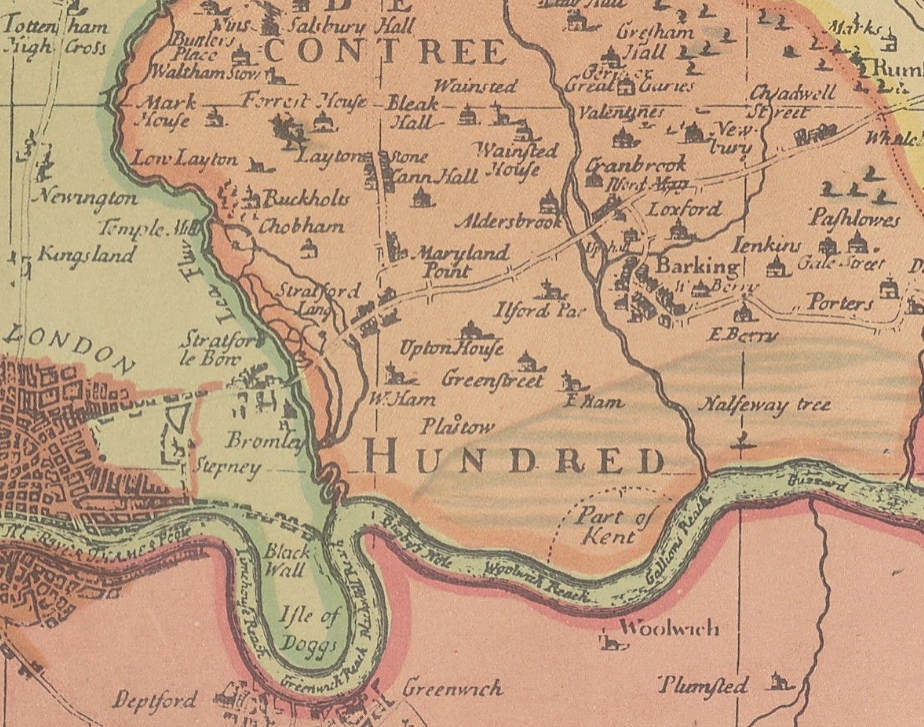
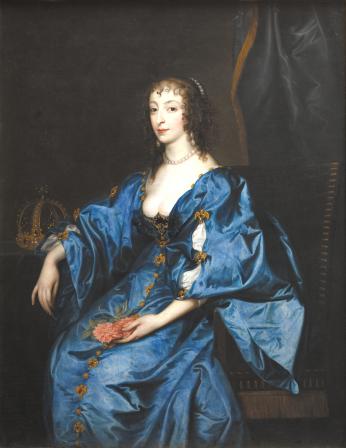
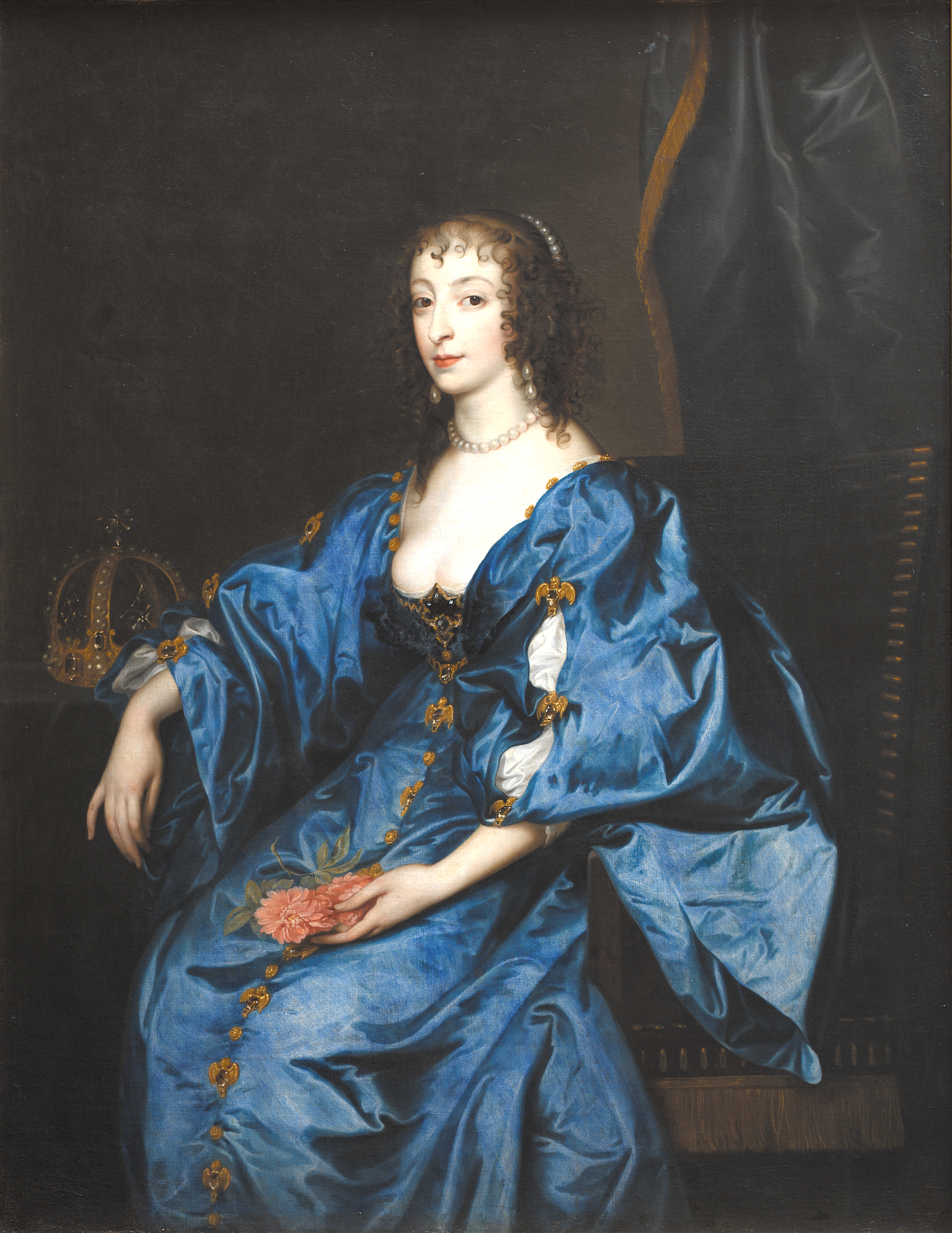
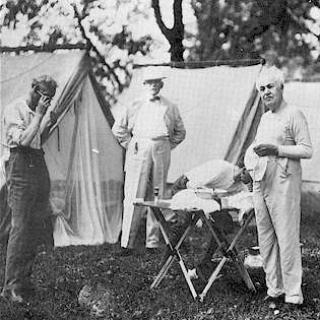
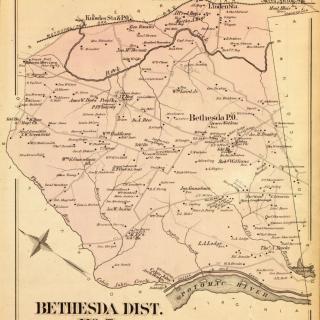
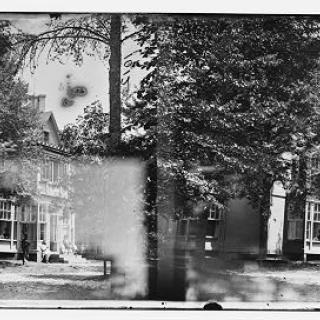
![Sketch of the mythical fuan by Pearson Scott Foresman. [Source: Wikipedia]](/sites/default/files/styles/crop_320x320/public/2023-10/Goatman_Wikipedia_Faun_2_%28PSF%29.png?h=64a074ff&itok=C9Qh-PE1)











